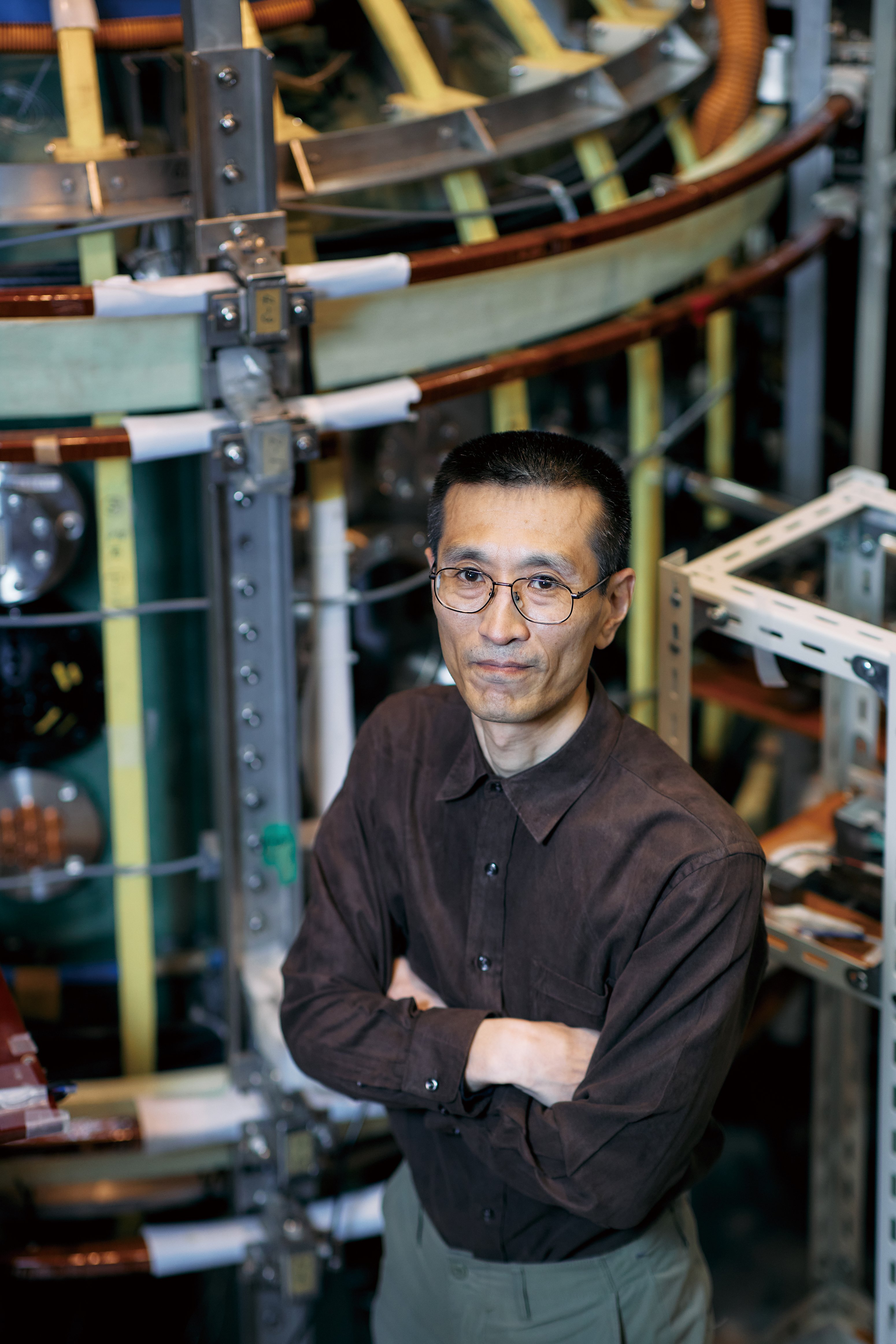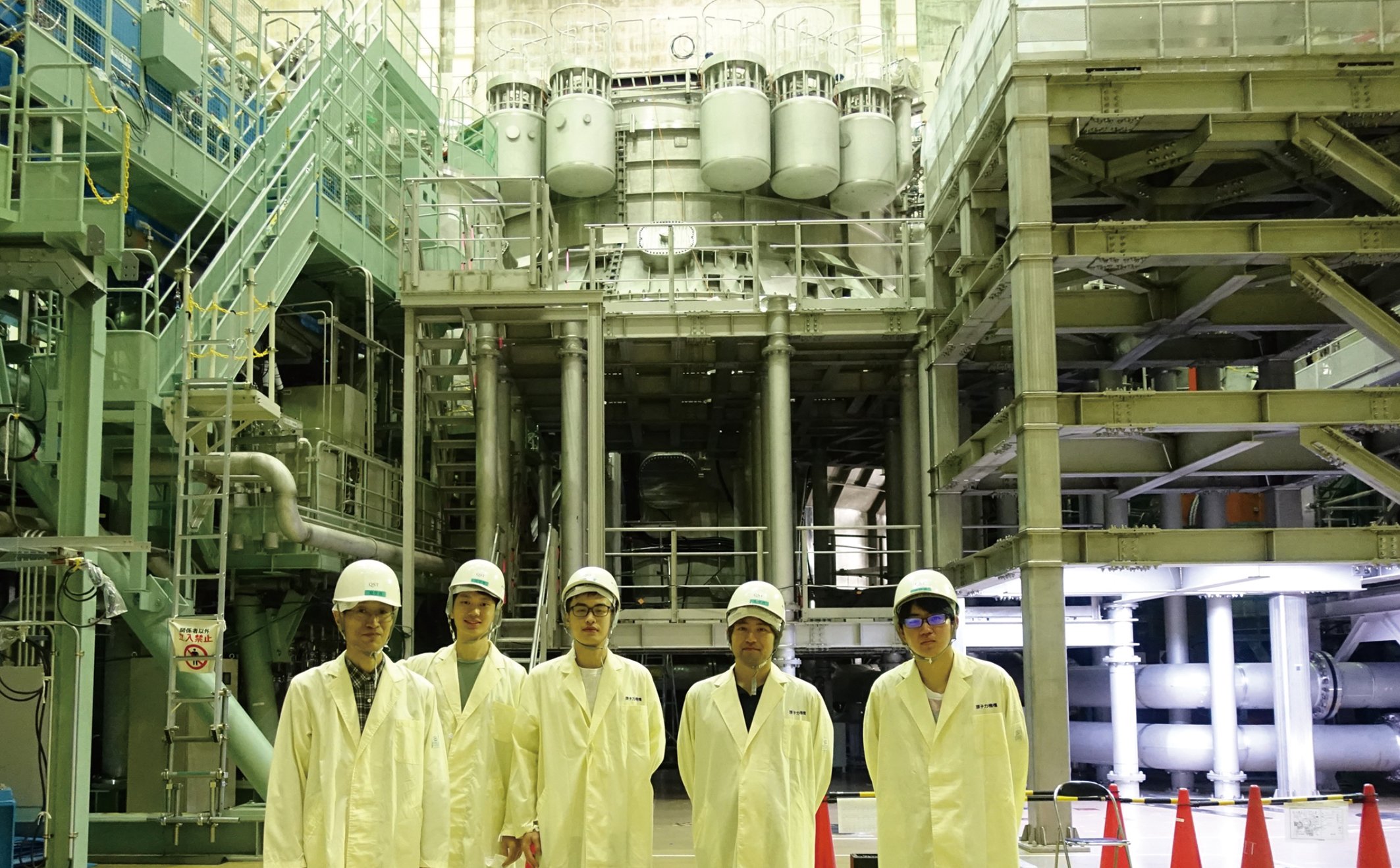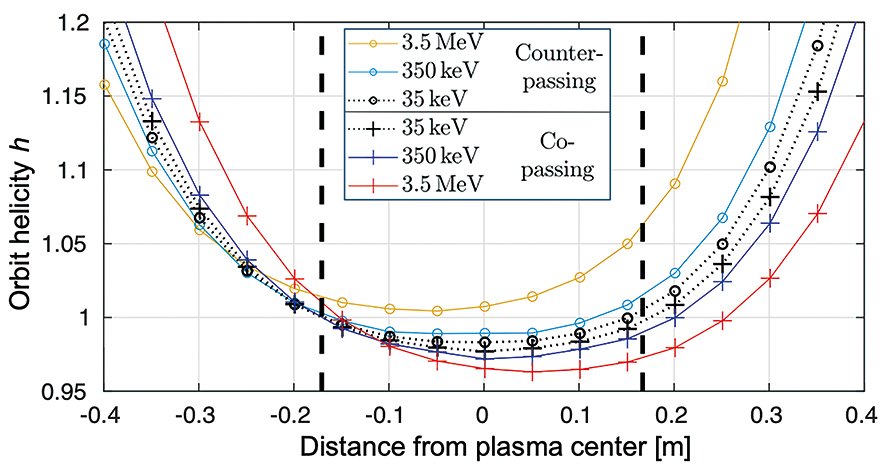Frontier Sciences: SHINOHARA Kouji

Nuclear fusion energy has the potential to provide everlasting happiness to humanity. I strive to clarify the mechanism of plasma[1], a complex multi-body system, and determine its physical properties essential for operating a fusion reactor to realize fusion power.
Skyrocketing energy and food prices, global warming, conflicts over resources, and the declining workforce due to the aging society— humanity is facing a multitude of challenges. All humans wish is to overcome these problems. Machines and AI are expected to contribute significantly to problem-solving. However, they need power to operate. Fundamentally, the development of abundant energy resources is a means of making this wish come true.
If nuclear fusion power generation is realized, we will have access to an ample amount of energy. The fuel for fusion power generation is hydrogen, which is abundant in space, will help realize the wish of all humans, and last indefinitely.
Japan is actively involved in nuclear fusion research and plays a significant role in the field. The National Institutes for Quantum Science and Technology (QST) in Ibaraki prefecture has successfully achieved Q = 1 of the fusion energy gain factor (Q) using the JT-60U device. Q = 1 means that the fusion energy output amount is equal to the demanded energy amount for maintaining the fusion plasma. The findings in these experiments have led to the construction of ITER[2] and the JT-60SA (Figure 1), the successor of JT-60U. Both projects will soon start experiments targeting the development of fusion reactors with a Q up to 20.

Figure 1: Shinohara (left) with his students in the JT-60SA torus hall
I was engaged in investigations for the construction and experiments of JT-60SA and ITER at the QST through 2020. I specialize in the behavior and measurement of fast ions that are essential for realizing high-temperature plasma. I would like to share my latest research outcomes in the development of an operational scenario design methodology for fusion reactors[3].
During nuclear fusion, hydrogen ions are fused together to create alpha particles and neutrons. As alpha particles are fast helium ions, they need to be trapped in a magnetic confinement device to be used for heating fuel ions. After giving energy to the fuel ions, slow helium ions remain in the device. As slow helium ions are waste (helium ashes) that dilute the fuel, they must be selectively removed from the confinement device (Figure 2). Thus, slow helium ions need to be distinguished from fast helium ions to be removed. To accomplish this process, a mild perturbation (disturbance) known as “sawtooth oscillation” was suggested. However, no effective way to target a specific type of energy (slow helium ions) or to design a specific perturbation, was previously found.

Figure 2: An image of the function of alpha particles (fast helium ions) and helium ash (slow helium ions)
To solve this problem, we conducted large-scale numerical calculations and successfully discovered a method for designing a specific perturbation. The two crucial factors were “the perturbation structure and resonant ion motion interaction” and “the time scale of interactions.” The first factor was particularly significant. Our previous research[4] suggested the use of “orbit helicity (h)” (Figure 3) effectively to visualize resonant conditions. This “orbit helicity” plays a key role in the first factor.

Figure 3: The spatial distribution of helium ions’ orbit helicity (h) for the visualization of resonant conditions[3]
See Figure 3. The sawtooth perturbation occurs on the vertical dotted lines. The perturbation resonance occurs at h = 1. Alpha particles with an energy of 3.5 MeV do not take h = 1 on the vertical dotted lines, whereas helium ash with 35 keV does. This difference distinguishes energy types (fast and slow helium ions), while alpha particles are not affected by perturbations.
As a result, the construction of reactor operation scenarios became possible by this method without the need for large numerical calculations.
My continued research aims to clarify the physical mechanisms of plasmas that are crucial for achieving a fusion reactor.
NOTES
[1] In order to achieve nuclear fusion, hydrogen must be ionized at high temperatures. This process involves confining charged particles, also known as plasma, with high density.
[2] ITER is a significant international project initiated to showcase “Burning plasma” with Q > 5, which maintains nuclear fusion plasma with alpha particles.
[3] A. Bierwage, K. Shinohara et. al., Nature Communications (2022) 13:3941
[4] K. Shinohara, A. Bierwage, et. al., Nuclear Fusion (2018) 082026; Nuclear Fusion (2020) 096032

A spherical Tokamak, TST-2
The device is being operated in the Kashiwa Campus to help develop the knowledge to realize a small-size fusion reactor.
Kouji Shinohara
Professor, Department of Complexity Science and Engineering
Division of Transdisciplinary Sciences
https://pp4nf.edu.k.u-tokyo.ac.jp/
vol.42
- Cover
- What We Can Learn from the Frontier of Evolutionary Biology
- My Dream Is to Create Energy for the Perpetual Survival of Humans
- Interdisciplinary Approach to Molecular and Ecological Sciences to Unravel the Secret of Biodiversity
- Science for Balancing Biodiversity and Human Needs
- GSFS FRONTRUNNERS: Interview with an entrepreneur
- Voices from International Students
- ON CAMPUS x OFF CAMPUS
- EVENTS & TOPICS
- Awards
- INFORMATION
- Relay Essay
